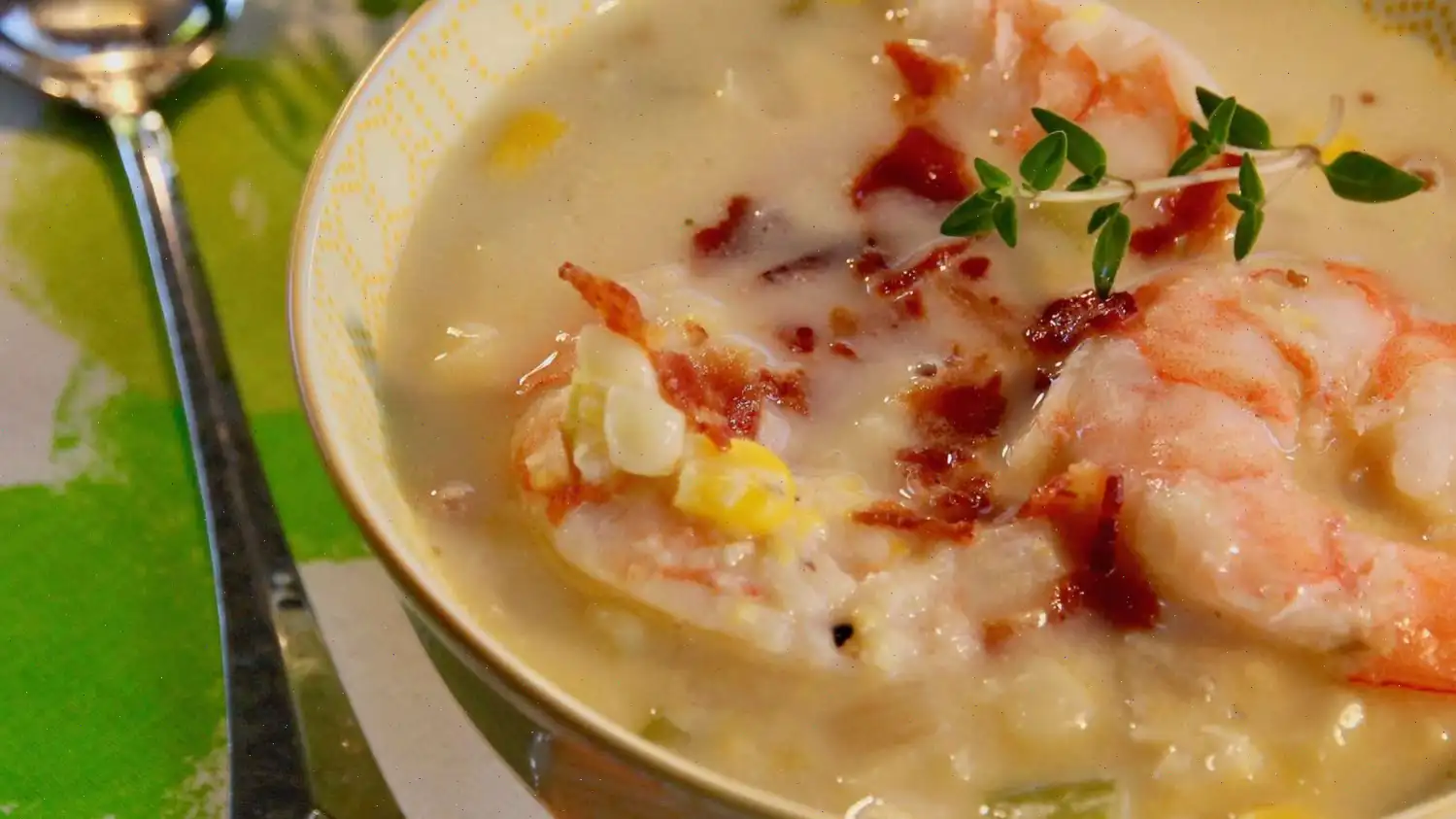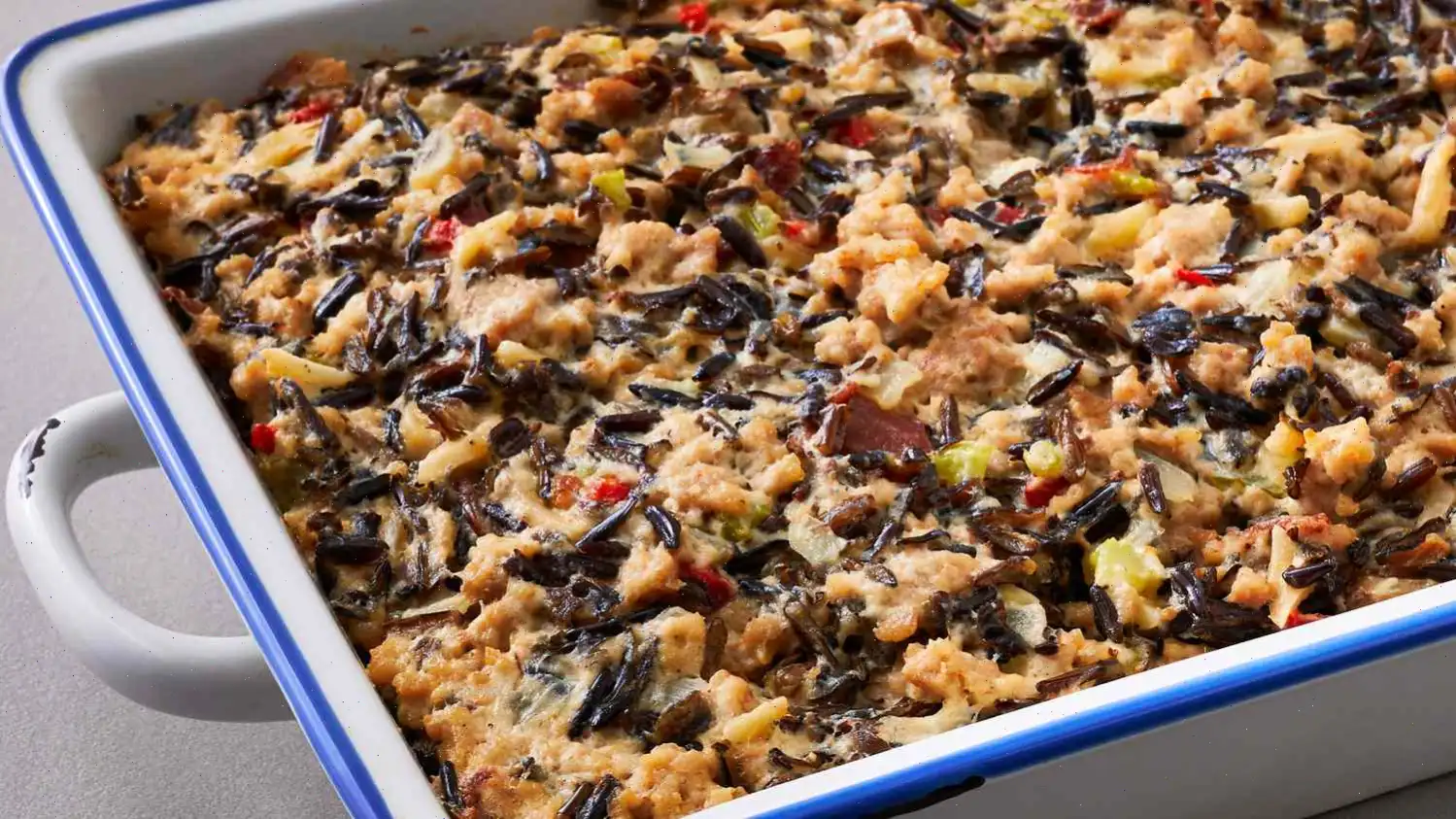
Thai Spice Sweet Tea Recipe
Ingredients
This recipe is designed for 4 servings. Adjust quantities as needed, but follow the cooking steps carefully for best results.
- 4 1/4 cups water
- 4 cardamom pods
- 3 whole star anise
- 3 whole cloves
- 1/8 teaspoon ground cinnamon
- 1/2 teaspoon tamarind paste (optional)
- 1/3 cup white sugar, or to taste
- 5 bags rooibos tea
- 2 bags black tea
- 3/4 cup coconut milk, blended smooth
Directions
- Pour the water into a medium saucepan and place over medium-high heat.
- Gently crush the cardamom pods using a mortar and pestle or the flat side of a knife.
- Add the crushed cardamom, star anise, cloves, cinnamon, and optional tamarind paste to the saucepan. Bring the mixture to a simmer.
- Reduce the heat to low and allow the spices to simmer gently for 5 minutes to release their aroma.
- Add the rooibos and black tea bags, stirring to combine. Once the liquid returns to a simmer, remove the saucepan from the heat and steep for 5 minutes.
- Stir in the sugar and let the tea rest for an additional 5 minutes.
- Strain the tea into a , pressing the tea bags to extract all flavors. Cover and refrigerate until very cold, about 1 hour.
- To serve, fill a tall glass with ice. Pour in the chilled tea and finish with a generous splash of smooth coconut milk.
Nutrition Facts (per serving)
- Calories: 149
- Total Fat: 9g (12% DV)
- Saturated Fat: 8g (40% DV)
- Cholesterol: 0mg
- Sodium: 16mg (1% DV)
- Total Carbohydrate: 18g (7% DV)
- Dietary Fiber: 0g
- Total Sugars: 16g
- Protein: 1g (2% DV)
- Vitamin C: 1mg (1% DV)
- Calcium: 19mg (1% DV)
- Iron: 2mg (8% DV)
- Potassium: 100mg (2% DV)
*Percent Daily Values are based on a 2,000 calorie diet. Values may vary depending on individual needs. Nutrient info may not cover all ingredients. Consult a medical professional if on a restricted diet.
The History of Thai Spice Sweet Tea
Thai Spice Sweet Tea, often referred to as Thai iced tea when served chilled, has its roots in Thailand's vibrant street food culture. Introduced in the mid-20th century, it was inspired by a fusion of traditional Thai flavors and the influence of Western-style iced teas. Originally, street vendors began combining black tea with local spices and condensed milk to create a refreshing drink that could combat Thailands tropical heat. Over the decades, it evolved into a more refined beverage, incorporating rooibos and aromatic spices such as star anise, cardamom, and cinnamon, making it not only refreshing but also complex in flavor.
Regional Variations and Distinctions
Throughout Thailand, this tea exhibits regional variations. In northern regions, the blend tends to be lighter, often emphasizing floral notes from herbs like pandan leaves. In central and southern areas, it is richer and spicier, sometimes including tamarind or additional cloves to balance the sweetness. Some modern adaptations outside Thailand incorporate coconut milk instead of condensed milk, lending a subtle tropical nuance that complements the aromatic spices while reducing overall sweetness. Each variation reflects local tastes and ingredient availability, making the beverage uniquely versatile.
How It Differs from Similar Drinks
Although it is often compared to Indian masala chai or Western iced tea, Thai Spice Sweet Tea distinguishes itself through its bold combination of spices and sweeteners, plus its signature creamy topping. Unlike masala chai, which is usually served hot and has a heavier emphasis on black tea and milk, Thai Spice Sweet Tea can be served iced and incorporates both rooibos and black tea for a smoother, less astringent profile. The addition of coconut milk, rather than dairy cream alone, creates a tropical flavor that is uniquely Thai, setting it apart from other spiced teas worldwide.
Typical Serving Occasions
Traditionally, Thai Spice Sweet Tea is served in casual street stalls, restaurants, and at family gatherings. It pairs exceptionally well with spicy dishes, such as pad Thai, green curry, or grilled meats, because the sweetness and creamy texture counterbalance fiery flavors. In contemporary settings, it is also popular in cafes and modern tea shops, served over ice in tall glasses for refreshment during hot weather. Its visual appeal, with layered tea and milk, makes it a popular choice for social media and culinary presentations.
Interesting Facts
- The vibrant orange hue of traditional Thai iced tea comes from food coloring historically added to black tea; modern recipes often rely solely on natural tea leaves and spices for color.
- Rooibos tea, originally from South Africa, has become a popular ingredient in Thai Spice Sweet Tea outside Thailand, offering antioxidant benefits and a naturally sweet flavor.
- Star anise and cardamom, key spices in this tea, not only add aroma but have been historically used in Southeast Asian medicine for digestion and circulation.
- Though now commonly served cold, the tea was initially enjoyed hot in cooler northern Thai regions, adapting to seasonal preferences.
- Some variations include a hint of tamarind or palm sugar, adding layers of complexity that make it distinct from other sweetened teas worldwide.
FAQ about Thai Spice Sweet Tea Recipe
Comments
Michael Sanchez
11/24/2022 05:15:53 PM
I followed the recipe exactly and the entire pitcher vanished in no time. The only alteration I made was using half a cinnamon stick instead of ground cinnamon. It was a massive hit, and now I need to restock on black tea to make it for my family again. Considering doubling the recipe next time. Thanks for sharing, Chef John!
Frank Brown
03/23/2024 09:25:07 AM
This was expertly crafted and delightful to enjoy with the music. I appreciate the option to prepare it either in the sweeter traditional style or in a less sweet manner for this tea.
Brian Anderson
08/27/2023 12:01:55 PM
I brewed it using only rooibos tea and a cinnamon stick. It's incredibly refreshing on hot summer days!








